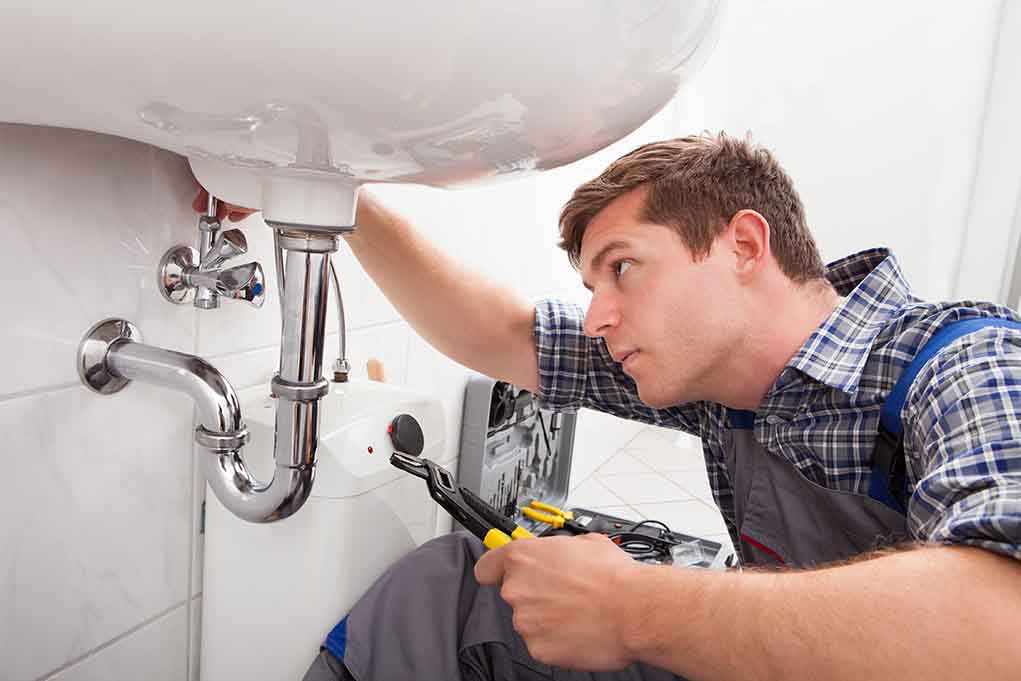
When life gives you leaky faucets and squeaky chairs, Americans are discovering that rolling up their sleeves and grabbing a wrench is the new black.
At a Glance
- 80% of Americans are focusing on DIY repairs to control their finances.
- Generational confidence is high, with 81% of Gen Z embracing repair culture.
- Digital platforms like YouTube are democratizing repair knowledge.
- The right to repair movement is gaining traction amid sustainability efforts.
The DIY Revolution
In a world where the cost of living is climbing faster than a cat up a tree, Americans are turning to DIY home repairs to stretch their dollars. The tradition of fixing what’s broken instead of buying new isn’t just a relic of Grandma’s era; it’s the latest trend sweeping the nation. From plumbing to furniture, the drive to make do and mend is fueled by rising prices and a desire for financial control.
Recent surveys reveal that 80% of Americans are prioritizing maintenance and repair over replacements. With inflation and high interest rates gnawing away at purchasing power, DIY repairs offer a cost-effective alternative. The movement is particularly robust among younger generations, with 81% of Gen Z expressing confidence in their repair skills. However, it’s not just about saving money. There’s a psychological boost from repairing something with your own hands, a small victory over the chaos of life.
Digital Platforms: The New Toolbox
The rise of digital platforms like YouTube and social media has transformed accessibility to repair knowledge. Gone are the days of sifting through dusty manuals; now, a quick search can arm you with the expertise to tackle almost any household challenge. This digital democratization means that whether you’re a novice or a seasoned DIYer, there’s a tutorial waiting to guide you step-by-step.
These platforms are not just educational. They foster a sense of community, connecting like-minded individuals who share tips and tricks for tackling common household repairs. As a result, there’s a growing confidence among homeowners and renters alike. The confidence isn’t limited to the young; even Baby Boomers are catching the DIY bug, albeit at a slower pace.
Economic and Environmental Impacts
The DIY trend is more than a personal financial strategy; it’s a cultural shift with wide-ranging implications. Economically, there’s a noticeable shift in consumer spending patterns. Homeowners are allocating more budget to maintenance and repair, which has been a boon for retailers selling tools and repair kits. The trend is also driving demand for natural cleaning products as more people look for non-toxic solutions to keep their homes in top shape.
Environmentally, the benefits are significant. The reduction in waste from repairing rather than replacing contributes to sustainability efforts. Manufacturers are feeling the pressure to design more durable and repairable products, while the right to repair movement is gaining momentum, advocating for consumer rights and environmental responsibility.
Looking Ahead
As the home improvement sector continues to grow, it is expected to reach $509 billion by 2025. This growth reflects a pivot toward maintenance and repair services, an adaptation that retailers and manufacturers are keenly aware of. The trend shows no signs of slowing down, driven by economic uncertainty and a heightened awareness of sustainability.
While the repair culture is a step in the right direction, challenges remain. Not all repairs are suitable for DIY, and access to quality information and tools is not universal. However, as digital platforms continue to lower barriers and the right to repair movement gains traction, the future of DIY home repairs looks promising.
Sources:
Puls Home Improvement Market Analysis
The Farnsworth Group DIY Homeowner Activity Tracker
Zuper Home Services Industry Trends
Home Franchise Concepts Industry Statistics











